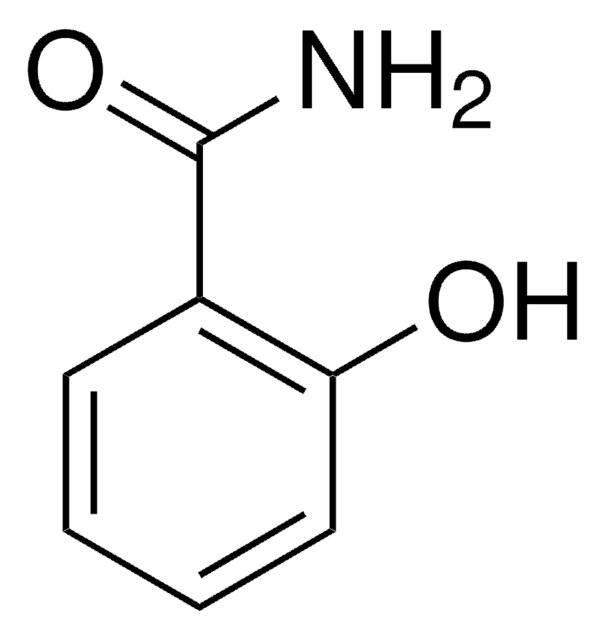M5688
Mimetic Orange 1 Ligand Affinity Adsorbent
suspension
Iniciar sesiónpara Ver la Fijación de precios por contrato y de la organización
About This Item
Productos recomendados
Aplicación
Ligand affinity adsorbents are used in protein chromatography, affinity chromatography and dye resins. Ligand affinity adsorbents have been used to describe a simple protocol for the purification of Taq Polymerase from E. coli lysates as well as for the purification of other DNA polymerases.
Palabra de señalización
Warning
Frases de peligro
Consejos de prudencia
Clasificaciones de peligro
Flam. Liq. 3
Código de clase de almacenamiento
3 - Flammable liquids
Clase de riesgo para el agua (WGK)
WGK 1
Punto de inflamabilidad (°F)
95.0 °F - closed cup
Punto de inflamabilidad (°C)
35 °C - closed cup
Equipo de protección personal
Eyeshields, Faceshields, Gloves, type ABEK (EN14387) respirator filter
Certificados de análisis (COA)
Busque Certificados de análisis (COA) introduciendo el número de lote del producto. Los números de lote se encuentran en la etiqueta del producto después de las palabras «Lot» o «Batch»
¿Ya tiene este producto?
Encuentre la documentación para los productos que ha comprado recientemente en la Biblioteca de documentos.
Emily R Beynon et al.
Plant physiology, 151(1), 253-261 (2009-07-17)
The explosive 2,4,6-trinitrotoluene (TNT) is a significant environmental pollutant that is both toxic and recalcitrant to degradation. Phytoremediation is being increasingly proposed as a viable alternative to conventional remediation technologies to clean up explosives-contaminated sites. Despite the potential of this
Sotirios Melissis et al.
Biotechnology journal, 2(1), 121-132 (2006-12-22)
The thermostable Thermus aquaticus DNA polymerase (Taq Pol) has been the key factor in transforming the initial PCR method into one with huge impact in molecular biology and biotechnology. Therefore, the development of effective affinity adsorbents for the purification of
S Melissis et al.
Journal of chromatography. A, 1122(1-2), 63-75 (2006-05-23)
The commercial availability of DNA polymerases has revolutionized molecular biotechnology and certain sectors of the bio-industry. Therefore, the development of affinity adsorbents for purification of DNA polymerases is of academic interest and practical importance. In the present study we describe
Jeannie Horak et al.
Analytical and bioanalytical chemistry, 400(8), 2349-2359 (2010-12-22)
The new affinity-type Mimetic Ligand™ B14 was coupled with a 1,2-diaminoethane spacer (2LP) and a [1,2,3]-triazole spacer (TRZ) to three different support media. In addition to the agarose-based PuraBead and the polymethacrylate-type Fractogel, three new polymeric support media were introduced
S J Burton
Methods in molecular biology (Clifton, N.J.), 11, 91-103 (1992-01-01)
Dye-ligand affinity chromatography is performed with an adsorbent consisting of a solid support matrix to which a dye has been cova-lently bonded. The protein mixture is passed through a packed bed of adsorbent that selectively binds proteins that are able
Nuestro equipo de científicos tiene experiencia en todas las áreas de investigación: Ciencias de la vida, Ciencia de los materiales, Síntesis química, Cromatografía, Analítica y muchas otras.
Póngase en contacto con el Servicio técnico
